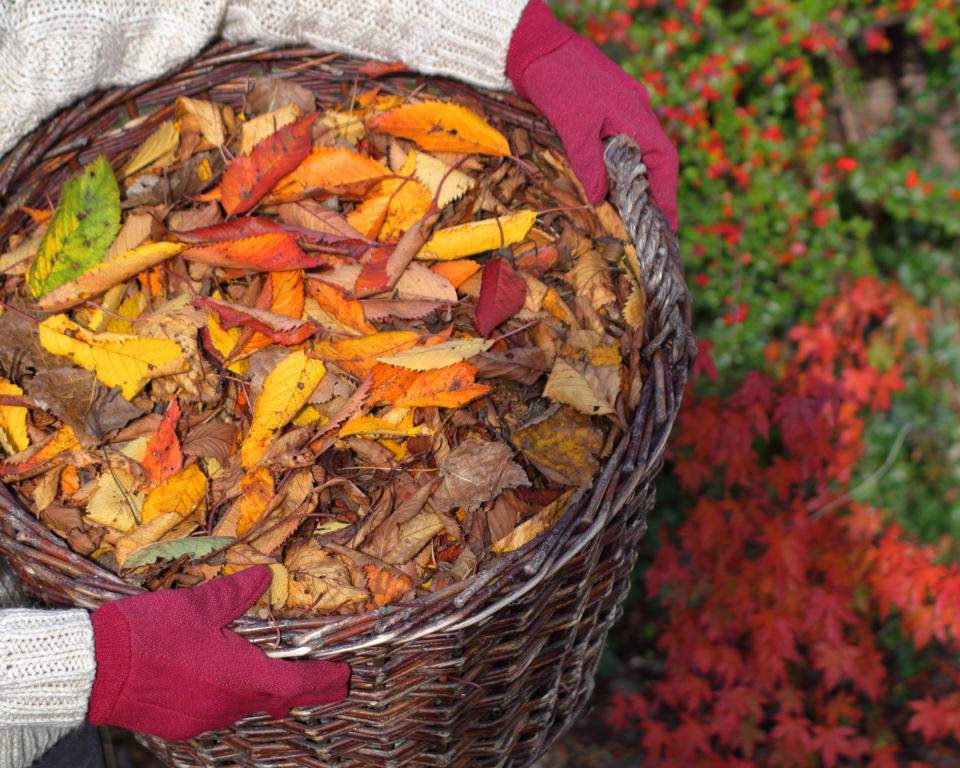Fall gardening checklist: 10 ways to prep your yard in autumn
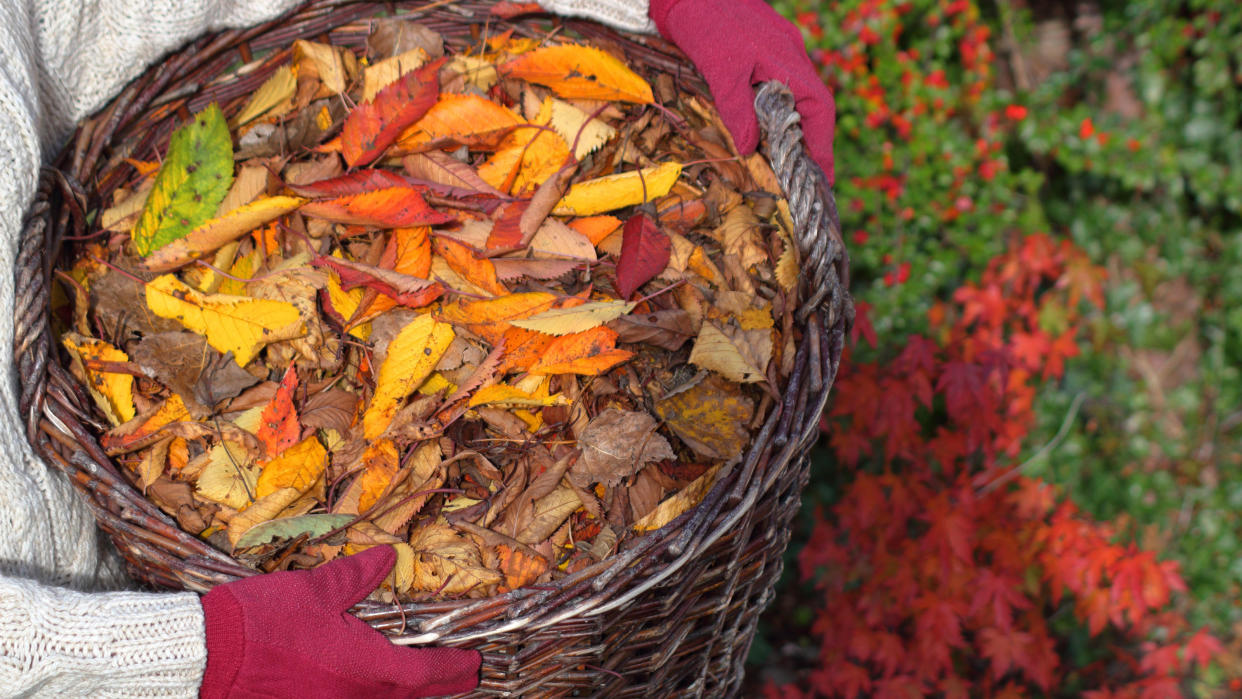
Everyone needs a fall gardening checklist to make sure they get the most out of the season. It's the key time to plant shrubs, trees and bulbs, in addition to collecting seeds and propagating plants to grow your collection for free.
Instead of bagging them up for the recycling bin, an abundance of leaves can be turned into a beneficial leaf mold, while shredded material from pruning can be transformed into a rich compost to give something back to the garden.
In addition to perfecting your outdoor fall decor, it's also a time for tidying up and cleaning tools, as well as checking everything is in order for the winter months ahead. You might even have time to squeeze in a quick paint job on a shed, pergola or fence.
Fall is such a busy time in the gardening calendar so be sure to include our round-up in your to-do list.
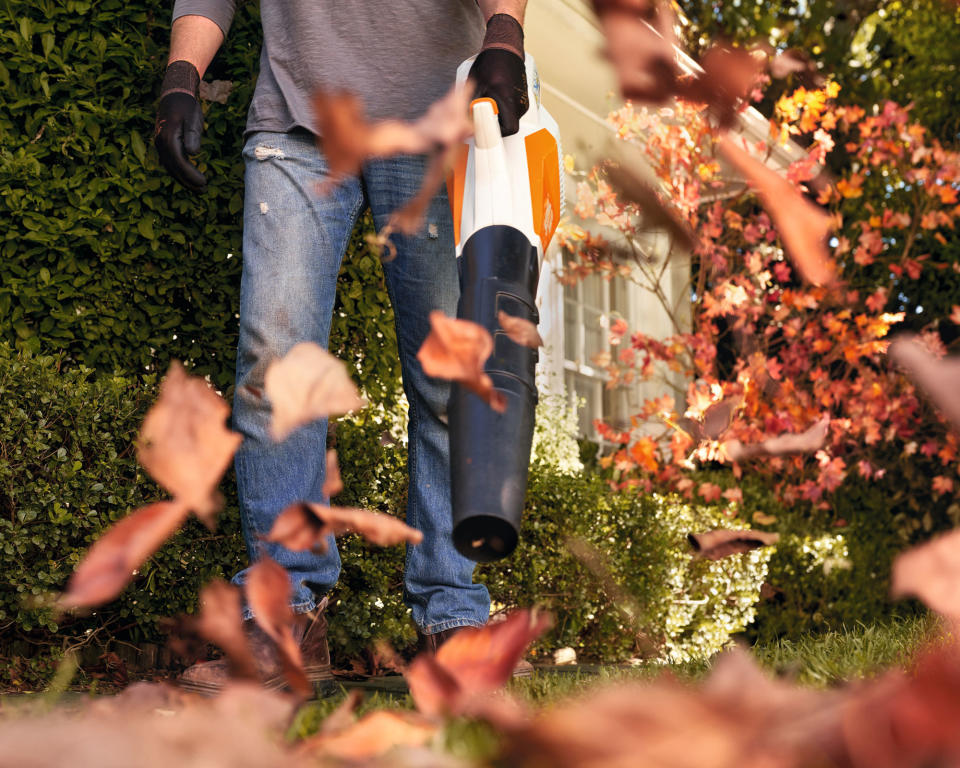
10 key things for your fall gardening checklist
Contrary to what some might think, fall is not a season of shut down in the garden. 'There are plenty of things to be getting on with that will extend the color in your garden in early fall,' says Dobbies’ horticultural director Marcus Eyles. 'Then as we get into late fall, there are lots of ways to prepare our gardens for winter.'
Now is the time to get on with all those fall maintenance jobs in the monthly gardening calender that need ticking off the list.
1. Spruce up your lawn

As we approach autumn there are a several things we can do as part of our fall gardening checklist to get lawns in good condition after a hot and dry summer.
If your lawn is looking tired and patchy, turn things around by reseeding it. 'In order to establish well, grass seed requires the right amount of warmth, light, water, seed distribution and good contact with the soil,' says Guy Jenkins of Johnsons Lawn Seed. 'September is the golden month to do this.'
Another benefit of reseeding at this time of year is that any weeds that find their way into your newly sown lawn can easily be removed before their own roots have a chance to develop. 'In the meantime your grass will grow strong roots too and will be in the best possible shape to withstand any drought the following year,' says Guy.
'Adjust your mowing routine to suit your lawn care needs in autumn,' says Chris McIlroy, expert at The Grass People. 'If you can see your lawn is stressed and dry then either adjust the blades or wait until it recovers before resuming mowing.'
It's the time of year to find out how to get rid of lawn moss and how to get rid of lawn weeds too. Dobbies’ horticultural director Marcus Eyles advises removing moss and dead grass with a wire rake or electric scarifier and using an aerator to help drainage. 'Once you’ve done this, use an autumn lawn feed to strengthen grass and roots for winter.'
Finally, when leaves begin to fall, make sure you remove them from your lawn as quickly as possible, as they will block air and light, which grass needs to survive.
2. Treat your tools to some TLC this fall
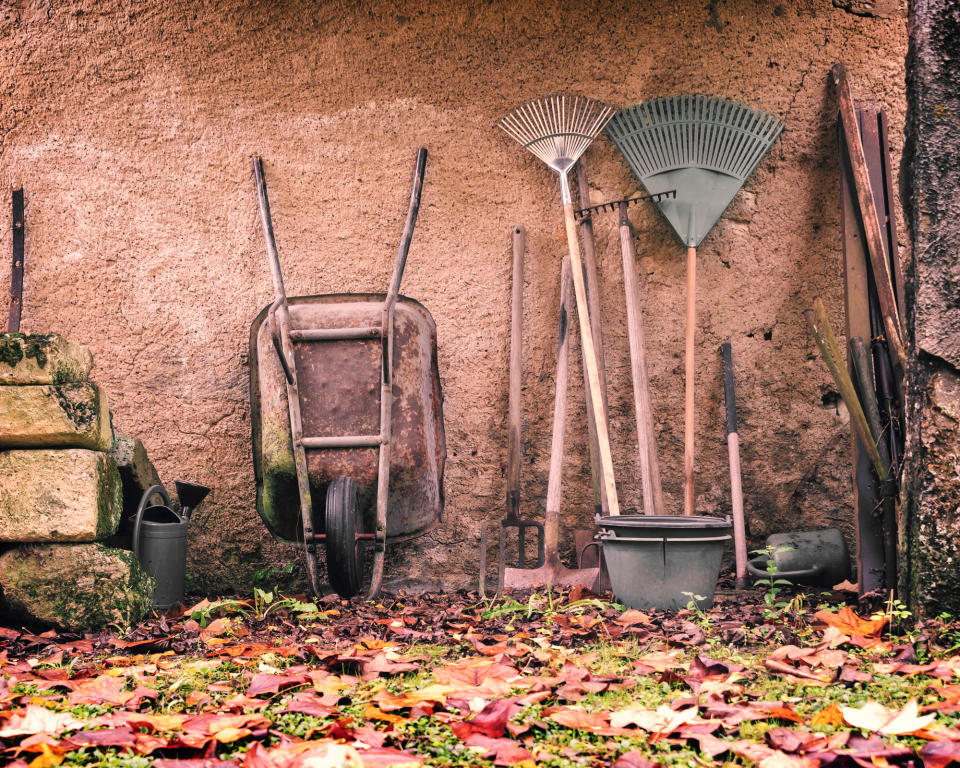
Always make routine tool care part of your fall gardening checklist. 'Garden tools such as lawn mowers, trimmers, chainsaws and leaf blowers all have moisture-sensitive components that can get damaged by exposure to damp,' says Paul Chappell of DTW Tools & Machinery. Forks, spades, rakes and shears also have a tendency to rust in cold and wet weather conditions.
Clean your tools before you store them. 'Spray each one down with a garden hose and scrub thoroughly with a bristle brush to remove dirt,' says Paul. 'For handles, use a solution of mild soap and water and clean with a stiff bristle brush before rinsing and drying them well.'
If any metal parts are showing signs of rust, act quickly by finding out how to clean rusty tools. 'Coat metal tools with all-purpose oil at the pivot point,' says Paul. 'A penetrating oil will work better than lubricating oil. WD-40 or linseed oil are good alternatives. Cover the tools in them until the rust is saturated, wait about 10 minutes, then scrub off the rust with a scouring pad or wire brush. Finish by polishing your tools with linseed oil using a cloth.'
Remove the batteries from cordless tools before packing everything away in your garden tool storage. 'The most common batteries used in cordless tools are Lithium-Ion,' says Paul Hicks from Stihl. 'These battery cells can be susceptible to extreme temperatures so it's recommended you store them in a warmer environment where possible to avoid damaging them.'
3. Get your shed prepped for winter
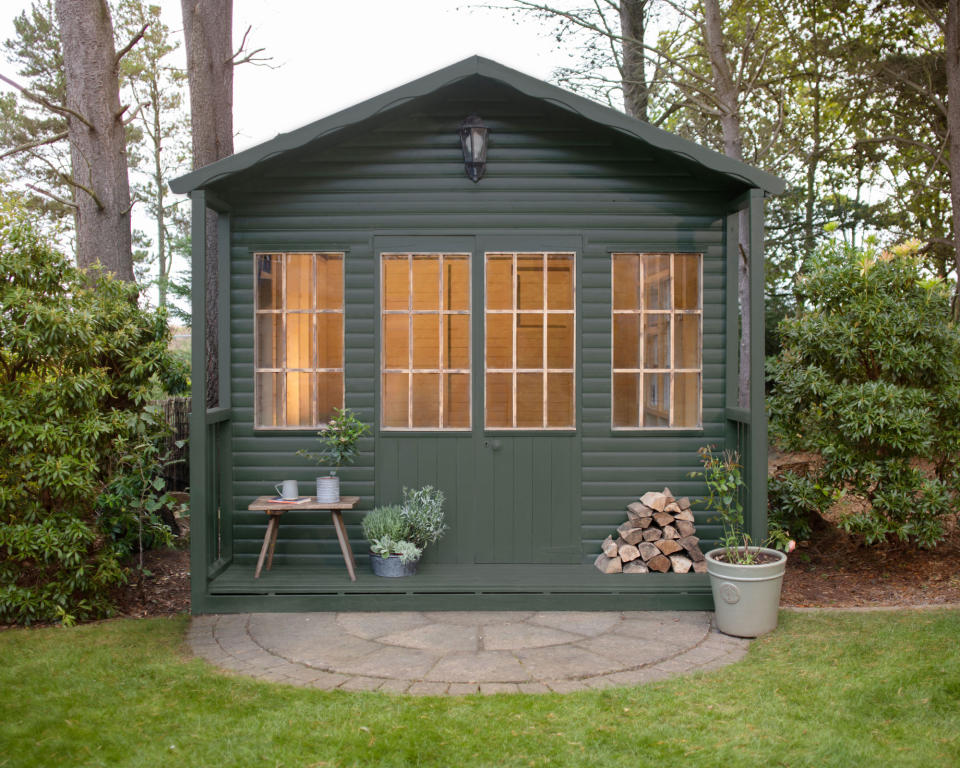
Fall is the time to check things over and that includes getting your shed ship-shape. 'If your shed is looking a bit worse for wear, be sure to clean both the interior and exterior fully to prepare for cold weather,' says Jack Sutcliffe, co-founder of Power Sheds. 'Trim the grass and any vegetation growing around your shed to keep it tidy.'
Once you’ve tidied up, use a ladder to inspect the roof for any moss or algae build-up. Gently remove this and use warm, soapy water to rinse down the roof and sides of the shed with a soft brush.
Check locks, windows and doors to make sure they're secure and in good condition. 'If there are any signs that repairs are necessary, such as fixing caulking around the windows or rust, do this before winter,' says Jack. 'It's important to keep your shed watertight to make it less susceptible to moisture damage.'
If your shed hasn’t had a fresh coat of paint lately now's the time to learn how to paint a shed properly to ensure it's protected for winter. 'Find out if your shed has been treated with an oil or water preservative,' says Jack. 'If you're unsure, you may need to sand the wood back and start from scratch, as it's not advised to combine oil and water preservatives together.'
4. Carry out pond maintenance
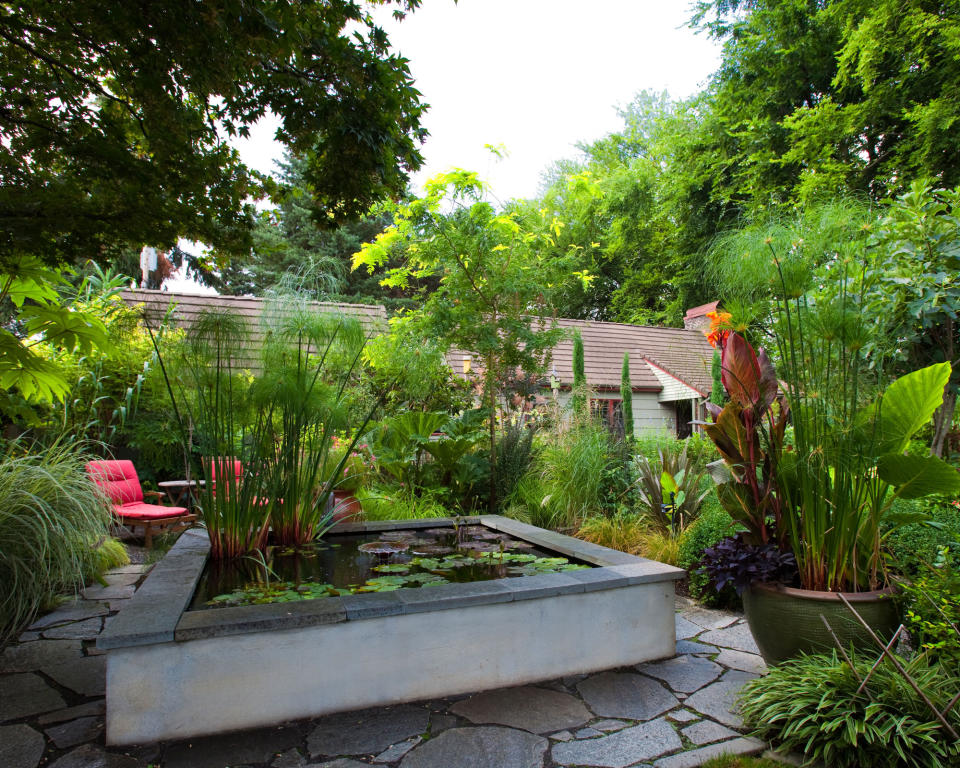
Garden ponds and water features need attention at the end of the summer season, so don't overlook them when it comes to your fall gardening checklist. If you live in an area that experiences cold winters, drain and close down any fountains and other water features before winter to prevent them freezing and cracking in cold weather. Isolate the electrical supply and spray it with water-resistant lubricant to deter rust and corrosion.
If your water feature is solar powered give it a good clean using warm water and a specialist cleaner. Carefully remove the solar panel/pump and clean it in warm water. Then store it in the shed.
Pond plants are important in winter as they play a key role in a pond’s eco system by oxygenating the water. They can be left where they are but will need to be cut back to remove any dying foliage rotting in the water.
As temperatures drop your fish become less active so it’s important to cut down their food supply. Choose a specialist fish food that provides maximum nutrition in lower temperatures.
5. Refresh your planting scheme for fall
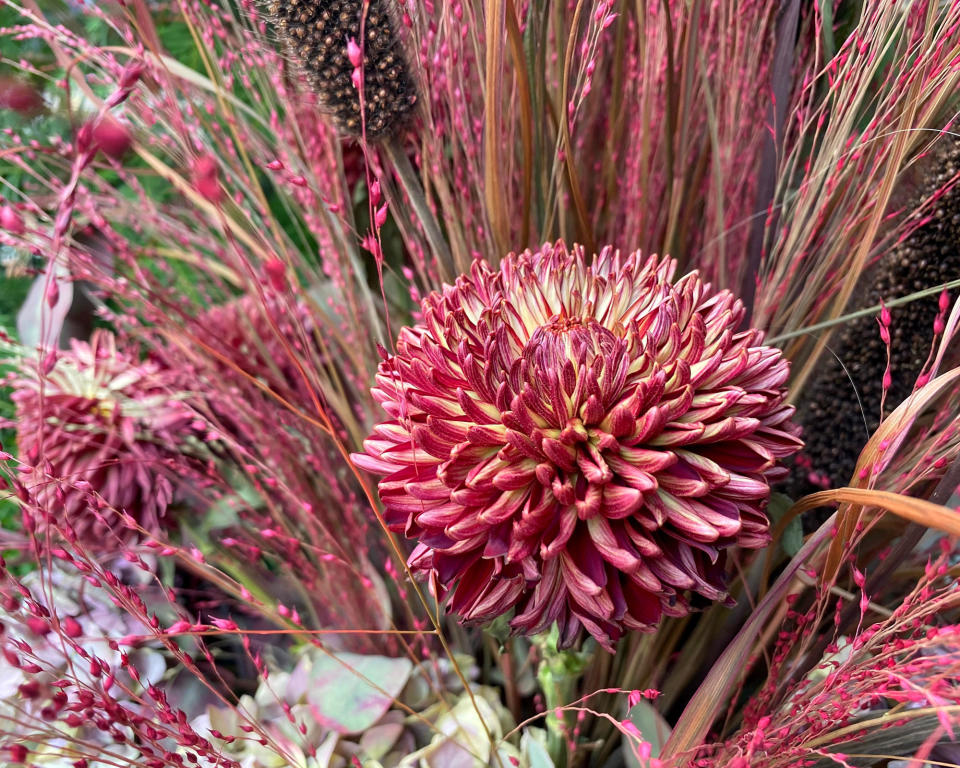
As the summer draws to a close and a new season is about to begin, you might be wondering what type of plants can still be added to your garden. The good news is that there's still plenty of planting to be done, as long as you know what to plant when.
'Autumn is the best time of year to plant many kinds of hardy plants in your garden,' says Morris Hankinson, director of Hopes Grove Nurseries. 'It’s a sweet spot as the soil is still warm, plus we usually get some rain at this time of year too so the new roots will develop quickly and get your plants established.'
Early fall is the perfect time to refresh your garden with colorful blooms. You could even refresh your fall planters to inject some seasonal color to your fall front porch decor. 'Bring some of the season’s signature warm colors, such as ochre and orange, to your outdoor space by using chrysanthemums, crocosmia and rudbeckia,' suggests Marcus Eyles of Dobbies.
Perennials are best planted in spring or early to mid fall. 'With its gorgeous orange and yellow colors planting a kniphofia (red hot poker) is a good way to add autumn color to your garden,' says Morris.
6. Start pruning shrubs and hedges
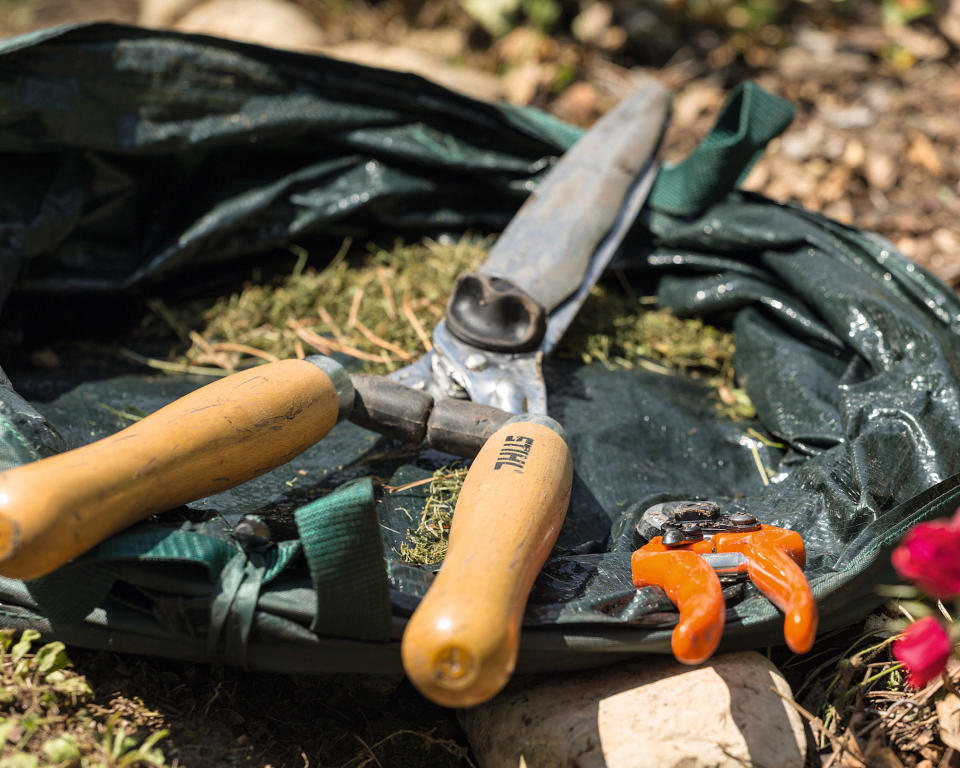
Fall is typically a key time of year for pruning shrubs, both deciduous and evergreen. It will keep shrubs healthy and in good shape. Treat plants to a trim now and this will keep things smart right through autumn and into spring.
Make sure you choose the right tools for the job. In addition to the best secateurs and garden shears you can use electric trimmers, loppers and handsaws for bigger jobs. Find what works best for you.
Make sure tools are sharp and rust free, and try an antibacterial spray to disinfect them to prevent any plant diseases spreading. Our guide on how to clean pruning shears has lots of tips to keep yours in top condition.
Take care around new shoots. If you prune new shoots in autumn, it may encourage a growth spurt and these tender stems won’t have time to harden off and will be damaged by frost, which can be detrimental to your shrub.
7. Plant a selection of spring bulbs in fall
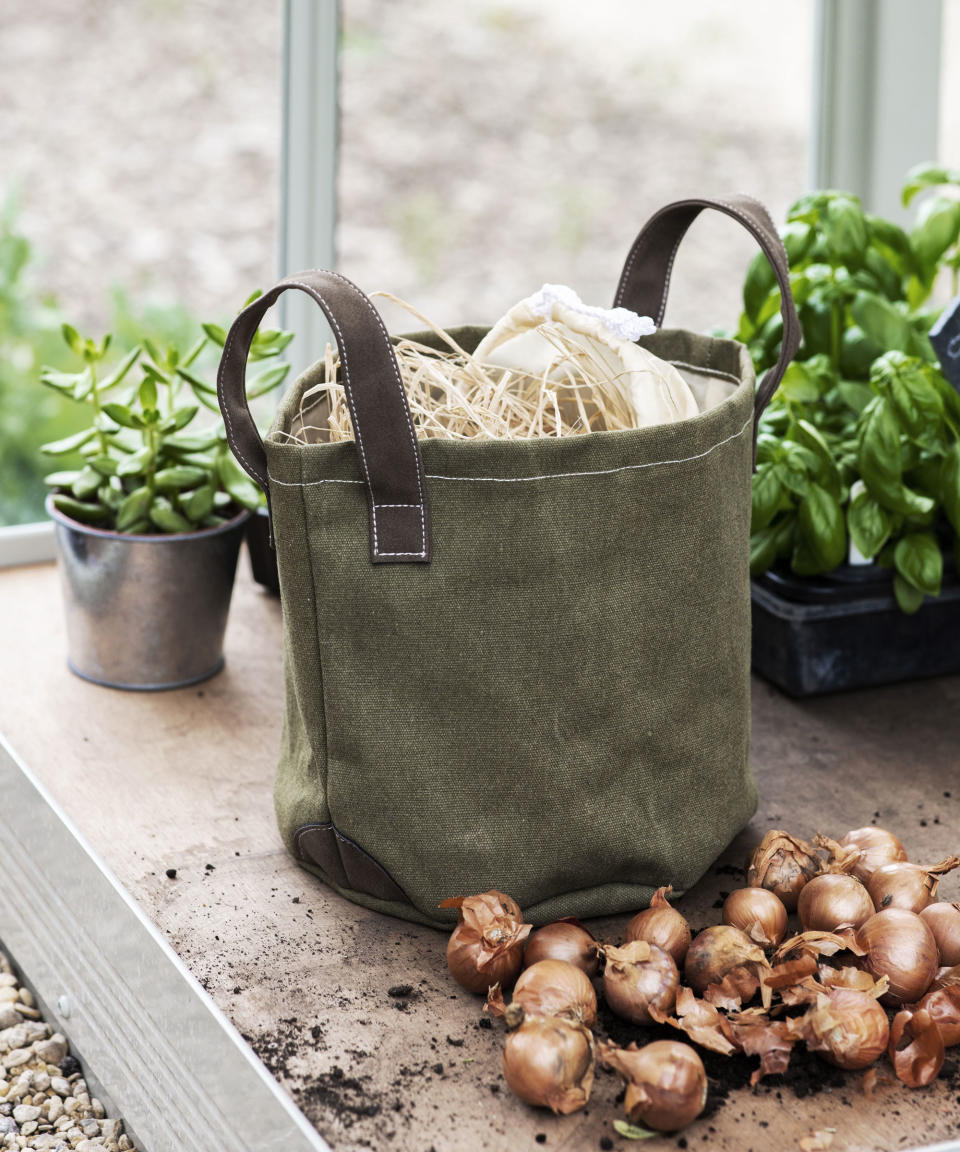
Fall is the best time for planting bulbs for spring. 'Early spring flowering bulbs, such as daffodils, crocus and hyacinths, will bring a welcome injection of early color to the garden. Plant them in the first month of autumn,' says Angharad James of plant experts Phostrogen. 'If you're planting tulips, these can be planted later, up until the end of fall. Meanwhile summer-flowering bulbs, such as lilies and alliums, are best planted in early to mid fall.'
If you're planting daffodil bulbs, crocus bulbs or any other varieties in borders, prepare the soil by turning it over and adding organic matter. Then simply dig a hole wide and deep enough for your bulb. 'Most bulbs need to be planted two to three times their own depth, but always check the instructions,' says Angharad. 'Place the bulbs in the hole flat end down, so that the point is upwards. Planting in groups rather than straight lines looks best.'
You can get away with planting bulbs closer together as part of your fall planter ideas, using a lasagne technique to layer different types of bulbs that will flower at different times in the season. Plant the bulbs that will flower last at the bottom of the pot and the earliest flowering bulbs at the top to keep the display going for as long as possible.
8. Divide perennials and collect seeds for more plants
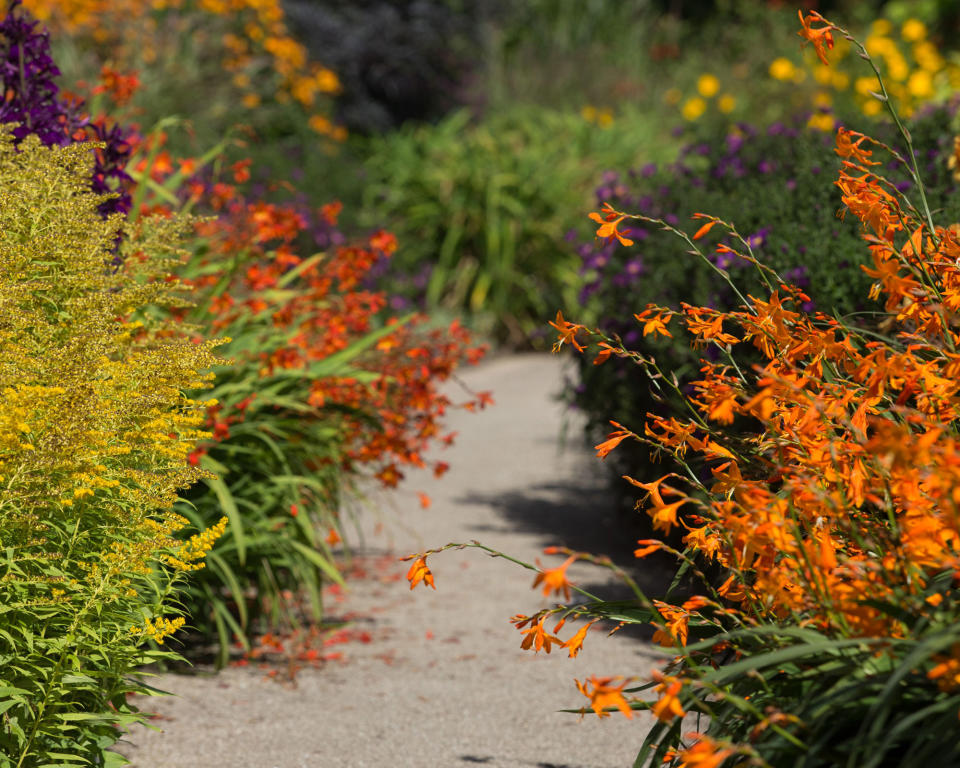
Fall is a good time for dividing perennials, especially if they have grown big and messy by the end of summer. It's also the season to gather seeds. Be sure to add both of these to your fall gardening checklist.
'Mastering propagation techniques is one of the single most satisfying things you can do as a gardener,' says Frances Tophill, Gardeners' World presenter and author of The Modern Gardener. 'Not only can you fill your space with new plants for very little money, but you can be assured your plants are grown in the best way using sustainable methods and avoiding air miles.'
Simply dig up a clump and separate it by using two garden forks back to back to prise it apart. 'Alternatively use a garden spade or even a knife to cut the clump into pieces,' says Frances. 'Make sure there are roots and growing tips on each section you have broken off in order for new plants to grow.'
Frances suggests potting up the new clumps or planting them straight back into the border, where they should grow on happily. 'By regularly dividing plants you can go from having only one to having lots in just a matter of years.'
If you're interested in finding out how to grow flowers from seed, saving your own seeds is another economical way to get more plants. Collect them when they're fully ripened for the best results. 'Pick them on a dry day, dry thoroughly, store them in a paper bag and make sure they're completely free from moisture,' says Frances.
9. Rearrange your garden
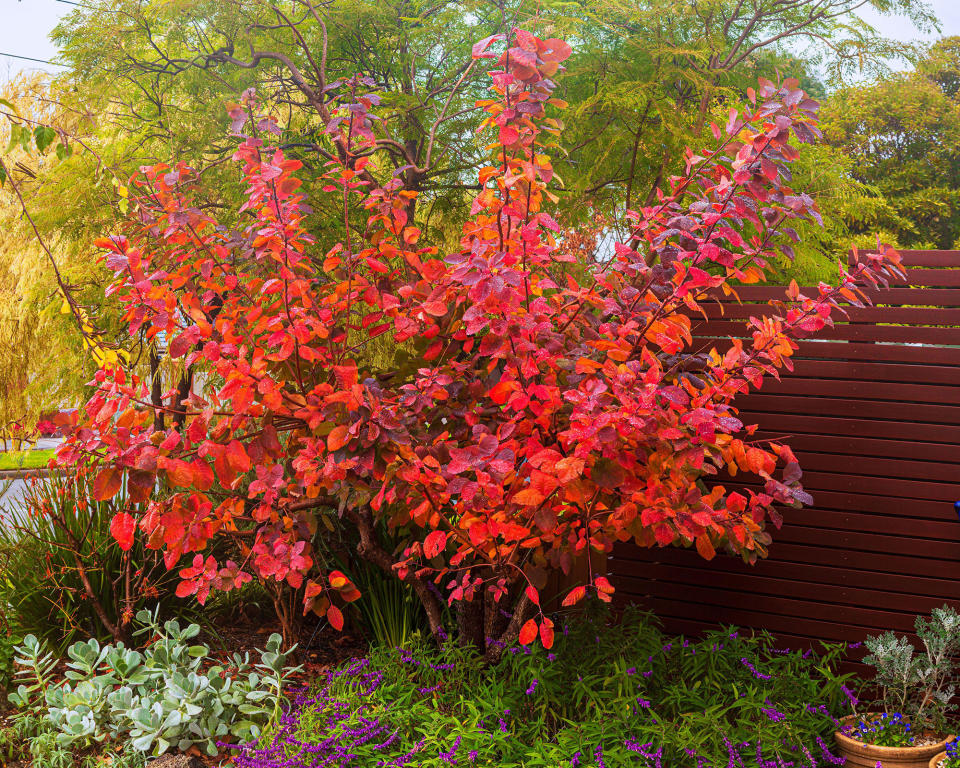
If you're planning to move things around in your plot, fall is one of the best times to carry out any work. This could include repositioning established shrubs, or you might want to find out how to move a tree.
'Try to move shrubs and trees with the largest possible root ball of soil, and soak them well both before and after you move them,' says Morris Hankinson of Hopes Grove Nurseries. 'Increase your chances of success with bigger and older shrubs by pruning them to reduce the length and number of branches by 30-50% before you start. This will mean less water is lost by transpiration that must be replaced by the redeveloping root system.'
All transplanted trees and shrubs do well if you mix a little bone meal with the soil in the planting hole. This is a natural fertilizer that encourages root growth.
If you're considering planting one of the best best hedging plants this season, early to mid fall is the optimum time for planting new potted hedges, trees and shrubs. Morris also suggests staking trees and tall shrubs securely so they don’t get battered by the winter weather.
It's also a good idea to try mulching around the base after you plant to add a protective layer. This can be bark chippings, coir or well-rotted compost.
10. Put fall leaves to good use
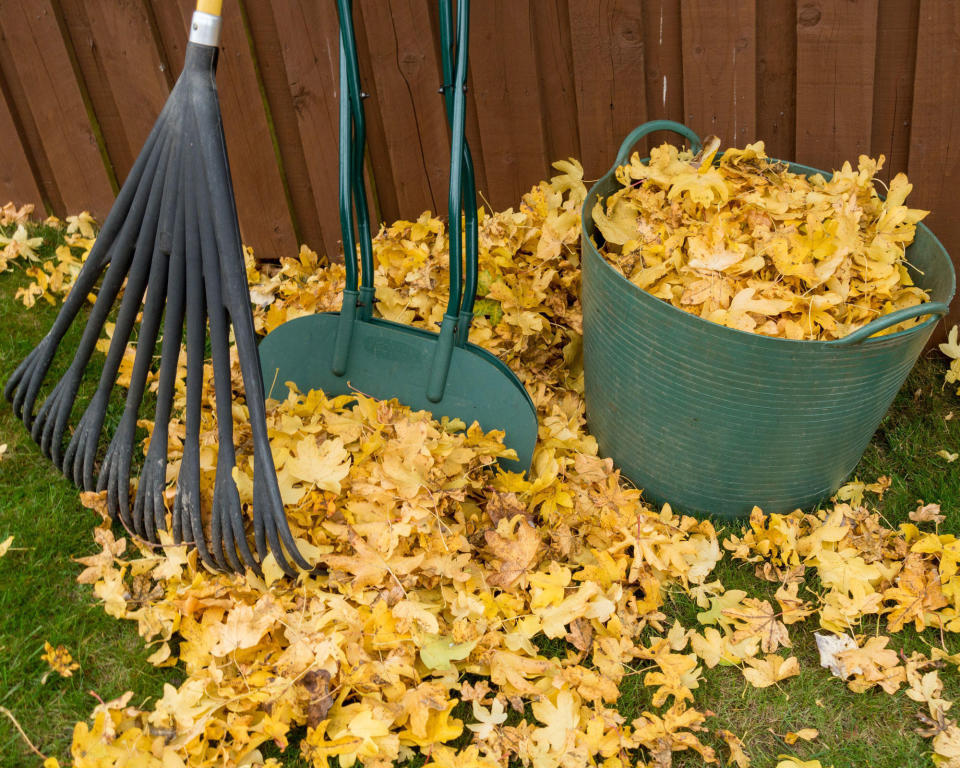
If you've already followed our tips on clearing up leaves, one way to avoid bags of leaves and other cuttings building up in your garden is to invest in a shredder. This will not only reduce the volume of garden waste, it will also give you the option of composting, turning garden waste into natural fertilizer as part of a more sustainable approach. By finding out how to make leaf mold you can even turn autumn leaves into a real asset.
'Shredded material makes an excellent mulch for plants too, and when mixed with nitrogen-rich grass cuttings, it can also be used as compost,' says Peter Chaloner of garden machinery specialists Cobra.
'Electric garden shredders are easier to use than petrol versions and mean you don’t have to worry about storing fuel,' says Paul Hicks from Stihl. 'Choose one that's ideal for mulching down leafy garden material and chipping small branches.'
Paul recommends removing the roots of dead plants if they're covered with soil, otherwise it could ruin the shredder’s blades. It is also a good idea to shred material shortly after pruning, as the wood will be softer and will compost down more easily.
